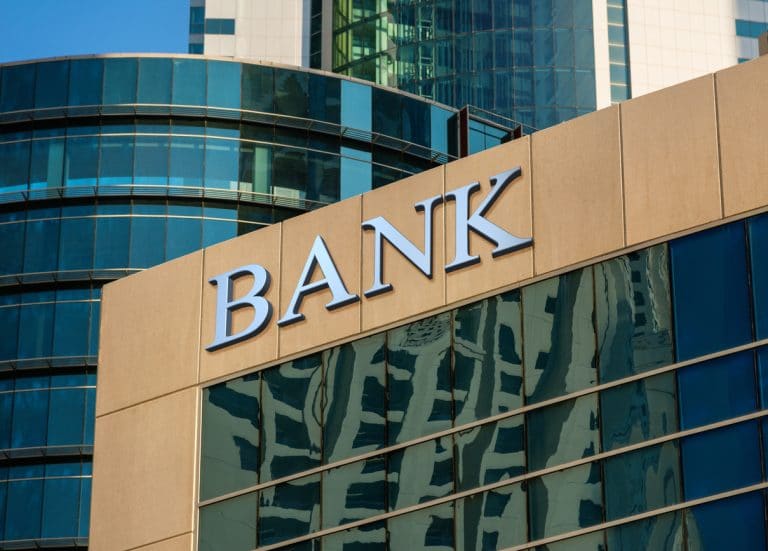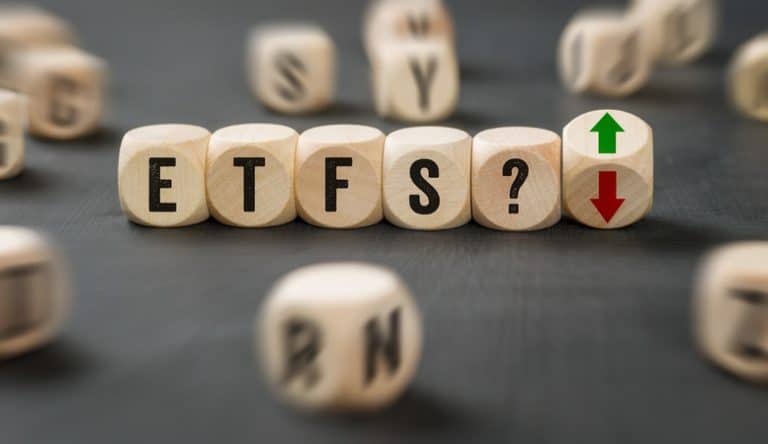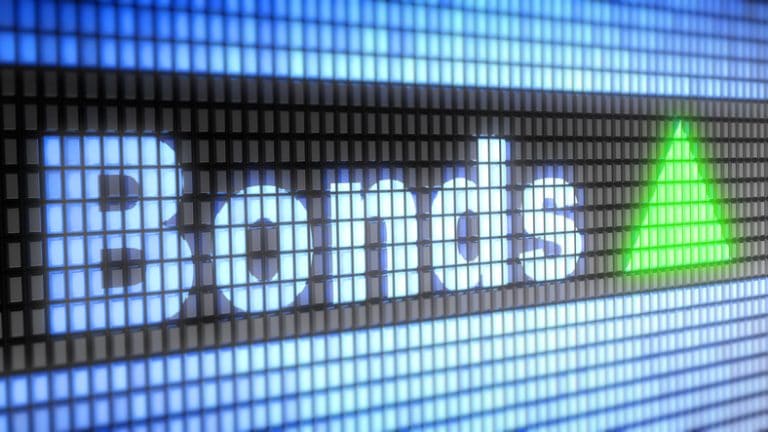Three of the largest five banking failures have happened in 2023, and more failures may be lurking. The structural problems that caused First Republic Bank (FRC), Signature Bank (OTC:SBNY), and Silicon Valley Bank (OTC:SIVBQ) to fail remain: the Federal Reserve’s interest rate policy is still pressuring valuation in banks’ held-to-maturity portfolios, high Treasury yields still mean there’s a more meaningful alternative to stocks than there’s been in years, and credit quality remains at risk, with delinquency and default rates rising. While it may be tempting to step into weakness hoping to time it correctly, that’s may be a risky bet.
It seems that the sharp rebound in KRE and KBE on Friday was driven by a combination of oversold conditions and short covering. Given the recent challenges faced by regional banks and the potential for government intervention regarding short selling, traders likely wanted to cover their short positions ahead of the weekend to minimize risk. This short covering, combined with oversold conditions, likely contributed to the strong rally in both KRE and KBE.
If the government were to disallow short selling of bank stocks, it could indeed lead to a significant move in both the KRE and KBE, as well as individual bank stocks. The rationale behind such a decision would be to stabilize the financial sector during times of market stress and prevent excessive downward pressure on bank stocks.
In the past, there have been instances where governments have imposed temporary restrictions on short selling during periods of financial crisis, such as the 2008 financial crisis. In September 2008, the U.S. Securities and Exchange Commission (SEC) temporarily banned short selling of 799 financial stocks to protect the integrity and quality of the securities market and strengthen investor confidence.
As of May 4, 2023, the top holdings of the SPDR S&P Regional Banking ETF (KRE) are as follows:
New York Community Bancorp Inc. – 14,418,623 shares held, with a total market cap of $6,487.56 million and a 5.18% weight in the fund.
M&T Bank Corporation – 806,838 shares held, with a total market cap of $19,074.68 million and a 3.47% weight in the fund.
Regions Financial Corporation – 5,241,006 shares held, with a total market cap of $14,719.35 million and a 3.12% weight in the fund.
Citizens Financial Group Inc. – 3,086,093 shares held, with a total market cap of $12,030.05 million and a 2.90% weight in the fund.
Huntington Bancshares Incorporated – 7,949,975 shares held, with a total market cap of $13,627.73 million and a 2.84% weight in the fund.
As of May 4, 2023, the top holdings of the SPDR S&P Bank ETF (KBE) are as follows:
First Citizens BancShares Inc (FCNCA) – 3.07% weight, with a price of $1003.76 and a 4.83% change.
New York Community Bancorp Inc (NYCB) – 2.51% weight, with a price of $10.06 and a 5.89% change.
MGIC Investment Corp (MTG) – 2.14% weight, with a price of $14.76 and a 2.68% change.
JPMorgan Chase & Co (JPM) – 1.92% weight, with a price of $136.69 and a 1.92% change.
Apollo Global Management Inc (APO) – 1.91% weight, with a price of $60.52 and a 4.28% change.





